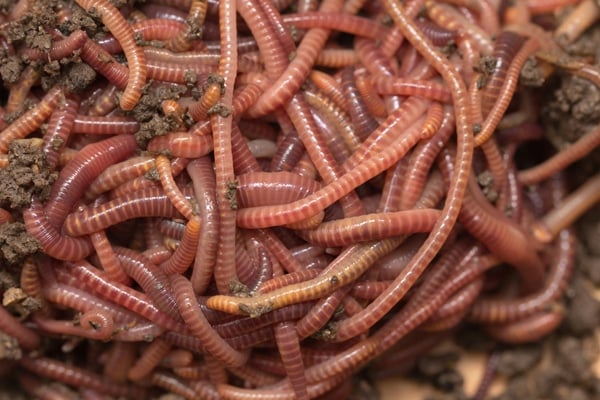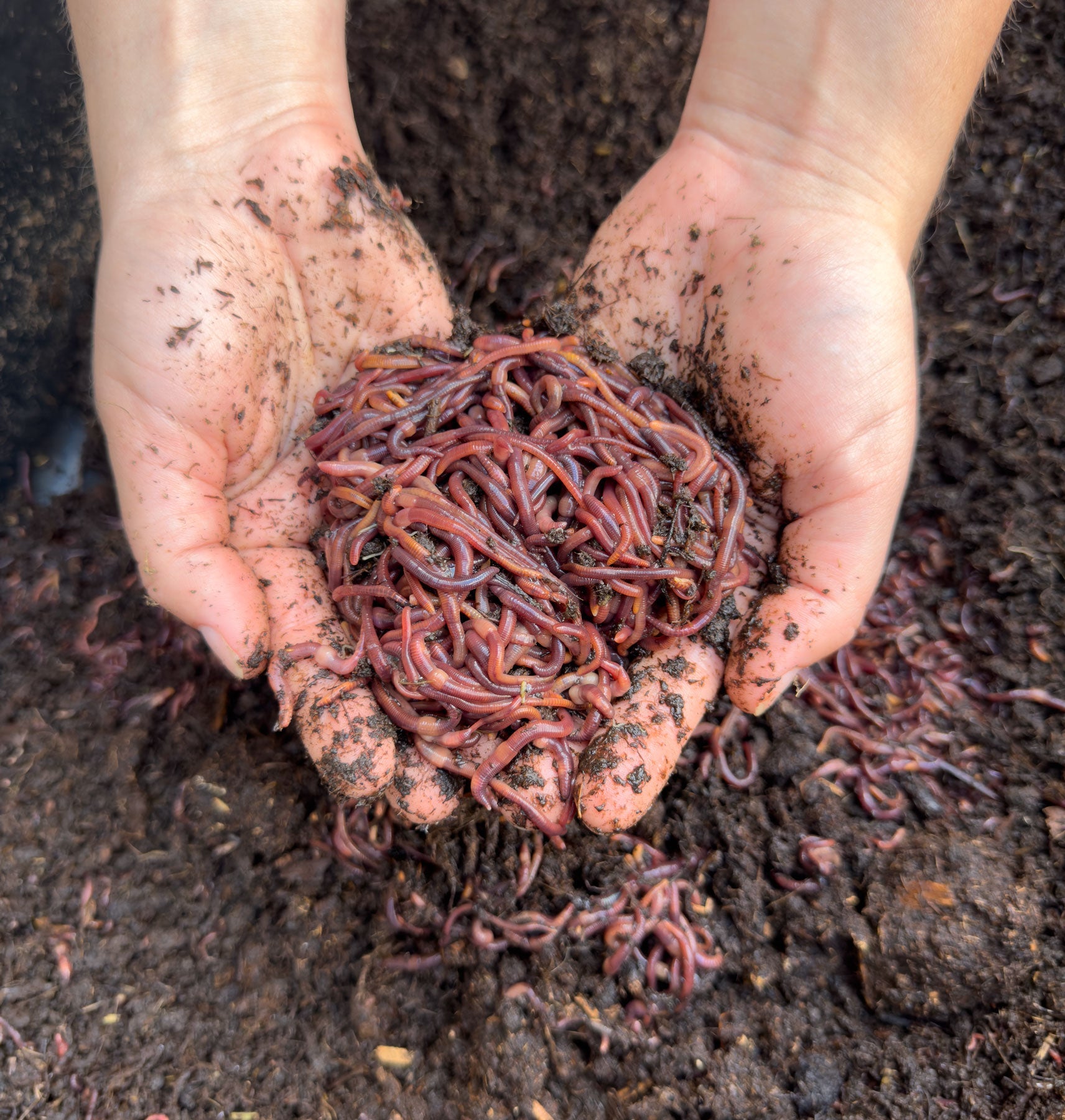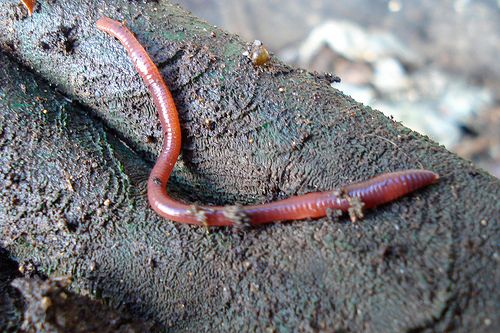Red Wigglers: The Unsung Heroes of Organic Waste Recycling
Red wigglers, or Eisenia fetida, function as vital representatives in the organic waste recycling process, transforming thrown out products into useful vermicompost. Their efficient malfunction of natural matter not only enhances soil top quality however also contributes to sustainable waste management practices. As the world progressively seeks options to battle waste buildup and boost farming productivity, recognizing the function of these worms comes to be essential. What mechanisms allow them to flourish in compost environments, and how can they be effectively used in both residential and commercial setups? Checking out these concerns reveals the broader implications of vermicomposting in our eco-friendly landscape.
What Are Red Wigglers?
The remarkable strength of red wigglers, scientifically referred to as Eisenia fetida, emphasizes their important role in natural waste recycling. These little, reddish-brown earthworms are usually found in decomposing raw material, such as compost heap and manure stacks. Lake Hickory Bait. Unlike other earthworm varieties, red wigglers prosper in nutrient-rich settings and are very efficient at breaking down organic materials, making them vital for vermicomposting

Benefits of Composting With Worms
Composting with worms, especially red wigglers, supplies various benefits that improve both waste monitoring and dirt health. These worms efficiently damage down natural waste, transforming it right into nutrient-rich vermicompost that enhances soil. This process accelerates decomposition, permitting a quicker recycling of kitchen area scraps and other natural products contrasted to traditional composting techniques.
Furthermore, the vermicompost created by red wigglers is bristling with helpful microorganisms, which assist improve soil framework, oygenation, and dampness retention. This boosts the overall health of plants, advertising strenuous development and enhanced yields in yards and farming settings. The usage of worms in composting decreases the production of greenhouse gases, such as methane, adding to a much more sustainable waste management system.

Exactly How to Beginning Vermicomposting
Developing a vermicomposting system is a simple procedure that can produce significant benefits for both waste administration and dirt enrichment. To start, select an ideal container, such as a plastic container or wooden box, with appropriate ventilation holes to make sure correct air movement. The measurements should ideally be around 2 feet by 3 feet, allowing sufficient area for the worms to grow.
Next, prepare bedding material, which can consist of shredded paper, cardboard, or coconut coir. This bed linens should be moistened to create a suitable habitat for the worms. Once the bedding remains in area, present red wigglers (Eisenia fetida) right into the container, generally around one pound of worms for every square foot of surface area.
Adhering to the positioning of worms, include organic waste, such as fruit and vegetable scraps, coffee grounds, and crushed eggshells. Stay clear of including milk, meat, or oils, as these can create odors and draw in pests. Lastly, place the container in a shaded, temperature-controlled area to preserve ideal conditions for worm activity. With these actions, you will effectively initiate a vermicomposting system that contributes to lasting waste management and improves your dirt.
Maintaining a Healthy Worm Container
Delicately blending the bedding and food scraps every few weeks prevents compaction and ensures that all worms have accessibility to oxygen. Additionally, it is crucial to feed the worms properly.
Temperature policy is one more crucial facet. Red wigglers thrive in a variety of 55 to 77 levels Fahrenheit. If the container ends up being as well hot or cold, the worms might end up being worried - Lake Hickory Bait. Occasionally inspect for signs of wellness, such as worm population development and the presence of healthy spreadings. By diligently managing these elements, one can keep a durable and productive worm container.
Effect on Lasting Living
The successful maintenance of a worm container not only benefits the health and wellness of red wigglers but additionally contributes considerably to sustainable living techniques. By reusing organic waste, such as kitchen scraps and backyard particles, red wigglers assist divert substantial quantities of product from land fills. This reduction in waste not only reduces greenhouse gas discharges yet also reduces the environmental concern connected with waste monitoring.
In addition, the spreadings produced by red wigglers function as a nutrient-rich natural plant food, improving soil health and promoting plant growth. This natural alternative to chemical fertilizers sustains sustainable farming and horticulture techniques, minimizing reliance on synthetic inputs that can damage ecosystems. In addition, worm composting promotes recognition of waste monitoring, encouraging individuals and communities to take on even more lasting behaviors.

Verdict
In recap, red wigglers offer as essential factors to natural waste reusing via their efficient decomposition of natural products. By integrating vermicomposting right into waste management methods, people and areas can substantially reduce waste while promoting ecological sustainability.
Comments on “Red Wiggler Express: Providing Anglers with Top-Notch Worms”